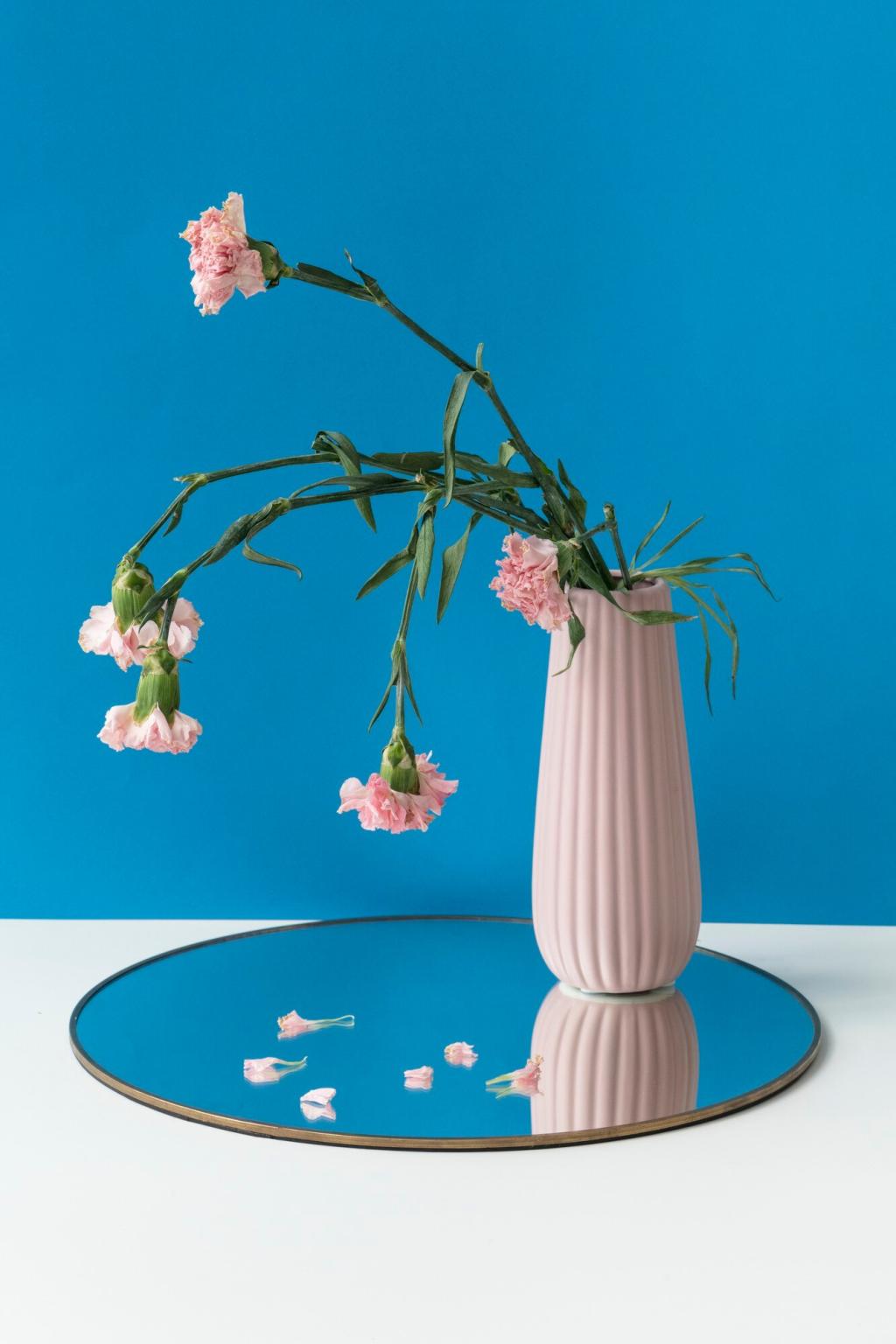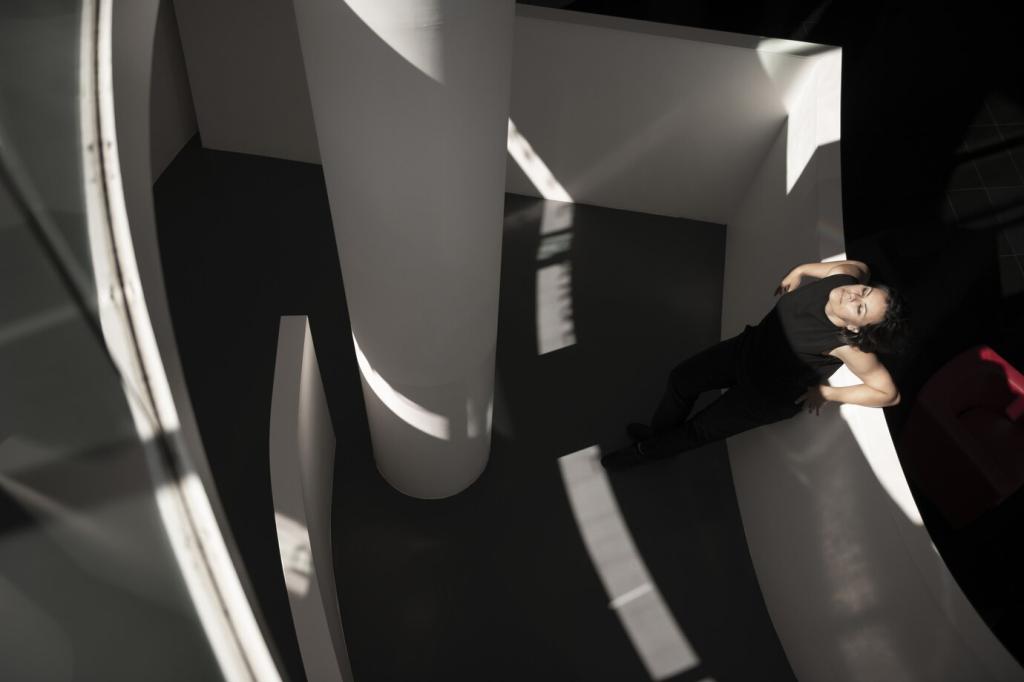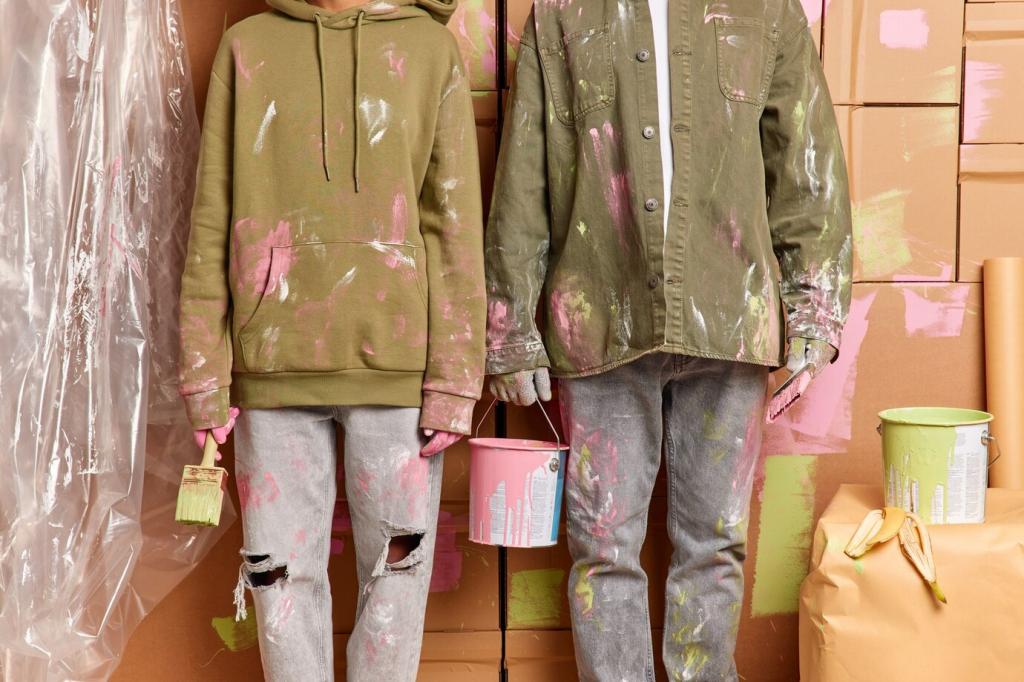
Minimalist Home Design Trends to Watch in 2024
Minimalist home design continues to be a dominant force in the world of interiors, but in 2024, the concept is taking on fresh dimensions. Homeowners are focusing not just on decluttering, but also embracing simplicity with a deeper sense of intention, comfort, and innovation. The latest trends highlight a balance between aesthetics and practicality, with adaptability and sustainability at the core. Discover the emerging directions in minimalist design that promise to transform living spaces into serene havens that feel both sophisticated and welcoming.

Warm Taupe Variations
Taupe is moving to the forefront as an alternative to stark whites, offering warmth without overpowering a space. This range of hues—from sandy beige to mushroom gray—serves as a base that feels both soft and inviting. Designers are using taupe to create cozy backdrops that allow minimalist furnishings and art to take center stage while still feeling comfortably lived-in. Subtle differences between shades, achieved by mixing taupe with hints of blush or olive, lend visual interest and depth. As a result, taupe provides the perfect platform for personal expression within a minimalist framework. Its adaptability ensures spaces remain timeless and contemporary well into the future.

Earthy Off-Whites
Off-whites inspired by clay, stone, and sand are gaining popularity, replacing cooler icy tones. These shades evoke a sense of grounding and tranquility, making them ideal for minimalist interiors where calm and serenity are essential. Rather than relying on a single flat white, designers blend off-whites with just a trace of ochre or terracotta to infuse subtle character and warmth. This nuanced approach avoids the sterility sometimes associated with minimalism and fosters spaces that are harmonious and easy on the eyes. The result is a cohesive look that feels fresh, unforced, and deeply rooted in natural beauty.

Subtle Contrasts in Texture
Instead of relying solely on bold accent colors, there’s a clear trend in 2024 toward creating interest using variations in texture within similar neutral palettes. Soft linens, matte ceramics, and natural woods are paired to create a tactile landscape within a restrained color scheme. This layering creates quietly dynamic environments, where even the most pared-back interiors exude a sense of richness and depth. Textural contrasts invite touch and interaction, encouraging a sensorial connection to the home while preserving the clarity of minimalist design. By focusing on materiality, designers achieve warmth and personality without excess or visual clutter.
Functional Minimalism
Multi-Purpose Furniture
With homes serving multiple functions, the demand for furniture that adapts to various needs is stronger than ever. Designs that seamlessly convert from workspaces to leisure spots, or that serve dual purposes such as storage integrated into seating, are now a minimalist essential. This approach ensures every piece in your home contributes not just to the overall aesthetic but also to ease and versatility in daily routines. The result is a living space that is streamlined yet highly supportive of dynamic modern lifestyles, all without adding unnecessary complexity or clutter.
Concealed Storage Solutions
Invisible storage is transforming the minimalist home by keeping surfaces clear and distractions at bay. Cabinetry with push-to-open doors, under-bed drawers, or built-in shelving that blends with walls are becoming standard. These solutions allow homeowners to hide everyday necessities out of sight, preserving the calm and order essential to minimalist spaces. Cleverly designed concealed storage ensures that everything has a home, making it easy to maintain the appearance of openness and simplicity without sacrificing practicality or access to needed items.
Flexible Room Dividers
With open-plan layouts still in vogue, flexible dividers are emerging as a minimalist tool to shape space without resorting to bulky walls or permanent barriers. Sliding panels, folding screens, and modular shelving can subtly delineate zones within a home, allowing fluidity according to changing needs. These features enable homeowners to create privacy or intimacy when desired, while still upholding the airy, cohesive feel of modern minimalism. The adaptability of these solutions reflects the minimalist principle that every element should serve multiple purposes and enhance the livability of the space.
Sustainable Materials and Practices
Sustainable wood is taking center stage as both a construction and a decorative material. Homeowners are opting for certified woods such as FSC-approved oak or reclaimed timber, which add character without environmental compromise. These woods retain natural imperfections, like knots and grain variations, which contribute to the unique narrative of each piece. The appeal lies not only in their appearance but also in their lower ecological footprint. Incorporating ethically sourced wood reflects a desire to blend timeless design with respect for the planet, making every element in the home count on both visual and ethical levels.
Previous
Next
Nature-Inspired Minimalism
Large, unobstructed windows and carefully considered sight lines help bathe minimalist interiors in daylight. Prioritizing natural light not only enhances the perception of space but also supports wellbeing and productivity. In spaces where privacy is important, translucent window treatments or frosted glass allow sunlight to filter through without compromising intimacy. Enhanced natural light brings out the subtleties of neutral color palettes and organic materials, reinforcing the core minimalist idea of “less is more” while maximizing the positive impacts of the sun.

Technological Integration
From voice-activated lighting to climate control that learns your preferences, smart technology is increasingly essential to minimalist living. The best solutions blend into the background, with controls hidden in sleek wall panels or accessed through apps. Automation takes care of the details—from adjusting lighting to securing the home—leaving spaces uncluttered and serene. This invisible layer of technology enhances comfort and convenience while nurturing the calm at the heart of minimalist design.
Arched Doorways and Openings
The classic arch is making a quiet comeback in minimalist design, replacing rigid corners with graceful curves. Arched interiors soften transitions between spaces and add a touch of elegance without the need for excessive ornamentation. Whether framing a hallway, a built-in niche, or a statement window, these forms introduce subtle movement and flow, enhancing the sense of openness. This architectural detail is rooted in both history and modernity, bringing a fresh but familiar comfort to the minimalist home.
Rounded Furniture Profiles
Sofas, chairs, and tables with gently curved edges are a defining feature of this year’s minimalist movement. The softness of these forms fosters an inviting atmosphere, contrasting with the stark angularity of previous trends. Upholstery in smooth, tactile fabrics and wooden pieces finished with organic contours invite relaxation and tactile engagement. This move toward gentle geometry underscores a desire for spaces that are not only functional but also nurturing, manifesting the evolution of minimalism from cold simplicity to warm sophistication.
Fluid Lighting Design
Light fixtures are also evolving, featuring smooth lines and sculptural curves. Whether pendant lamps that hang like droplets or sconces with flowing profiles, this style of lighting creates a calming sense of harmony in minimalist spaces. The interplay between light and form draws the eye, adding drama in understated ways. By selecting lighting that echoes the gentle shapes gaining popularity across all elements of design, homeowners create cohesive, serene environments anchored in the beauty of simplicity.
Personalized Minimalism
Artful Statement Pieces
A single piece of distinctive art or a handcrafted object is often all that’s needed to imbue a minimalist home with individuality. Rather than crowding walls or surfaces, designers are selecting artwork with strong personal meaning or sculptural qualities to serve as focal points. These pieces act as silent conversations, speaking volumes about their owners without introducing chaos or visual clutter. The careful curation and display of art become a meditative practice, affirming the home as a reflection of its inhabitants.
Heirloom and Handmade Touches
Minimalist interiors are increasingly featuring heirloom decor or artisan-crafted accessories that add depth and soul. Whether it’s a vintage rug, a hand-thrown ceramic bowl, or a piece of locally made furniture, these objects tell stories of history, culture, and personal connection. Their inclusion breaks the monotony of mass-produced minimalism and underscores a commitment to authenticity and craftsmanship. Such touches ground the minimalist home in meaning, warmth, and continuity.
Thoughtful Use of Color
Rather than introducing color in bold, overwhelming ways, minimalism in 2024 favors carefully chosen accents. A single muted green cushion or a faded blue throw can become a signature element, drawing attention and breaking up monotony. This practice allows for self-expression within the framework of restraint, ensuring each color holds significance rather than feeling arbitrary or distracting. The minimalist interior thus becomes an ever-evolving canvas for personal creativity—subtle, refined, and refreshingly individual.

